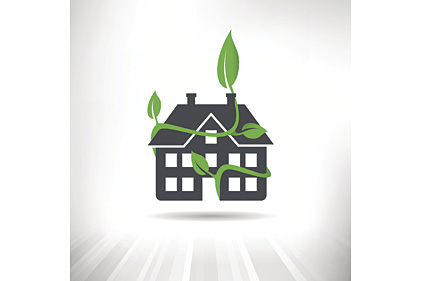It didn’t help that most of the ICC members viewed the voting as an exercise in futility. Just prior to the October code hearings in Fort Lauderdale, Fla., ICC, ASHRAE, USGBC, the American Institute of Architects and the Illuminating Engineering Society announced they will combine efforts to develop a consensus green code under the ANSI Standard 189.1 umbrella. Additionally, at the ASPE Convention and Exposition in Chicago, ASHRAE declared ICC will be controlling and selling Standard 189.1.
Many viewed the code changes to merely be recommendations to the new consensus group as to what is green. It would appear the vote of the ICC membership will disappear regarding the IGCC. Under the consensus process, the committee overseeing the document has final say on the technical content of the standard.
Having observed the voting at the ICC hearing, going to a consensus process would be a very good idea. The majority of the inspector members of ICC appeared to be voting in a block. There were different blocks, typically of state delegations. It didn’t seem like inspector members were paying much attention to the testimony and simply voted as they were directed.
The unfortunate thing is those independent-minded inspectors that were paying attention to the testimony seemed to be outvoted on many issues. Through three days of testimony and voting, about 90% of the voting was to deny the public comment. The sentiment was simply to support the committee recommendations from the last hearing in May. While this may have seemed appropriate, sometimes the committee gave recommendations for a modification during the public comment period. However, that didn’t seem to pull much weight.
Another way to describe some of the decisions was “green by convenience.” If a green proposal appeared too difficult to meet, the opponents simply spoke against the reasonableness of the green provision. In other words, that makes it more difficult to be considered green and we don’t want to go to that level.
Going the distance
One such change dealt with the requirement for recycling construction material. The section was proposed for modification by adding a requirement that reusing is only required when the recycling facility is located within 75 miles of the construction site. If the building is farther away,it is OK to dump the construction material in a landfill and still be considered green. The membership voted to support this change. The membership was consistent on other alterations by allowing waste to go to a landfill and still keep the building classified as green.
Our kids are taught early on to reduce, reuse and recycle. One would think that is a basic theme for being green. But this doesn’t always apply in the IGCC. The group added another provision, “or throw it in the landfill if recycling is inconvenient.”
I submitted a modification addressing food waste. The idea for the proposal came from a committee I served on dealing with diversion of food waste from landfills. The code change required food waste to either be separated for beneficial reuse or run down the food waste disposer. Beneficial reuse included composting, livestock feed or diversion to an anaerobic digester. Many parts of the country already have mandated the diversion of food waste from landfills. But the change was identified as a good idea whose time hasn’t come yet and was defeated in another display of not making it to tough to be considered green.
The mechanical section may have received the greatest amount of discussion. In the end, it would appear the IGCC will be hanging its hat on ASHRAE 189.1. Most of the mechanical changes were either consistent with 189.1 or the Energy Code. Also, everyone also realized – no matter what the outcome – a merger of the requirements would be taking place.
There weren’t many changes on the plumbing side. Flow rates for kitchen faucets were lowered to 1.8 gpm, with a provision for a manual override to allow a higher flow rate for filling pots. An attempt to lower water-supplied urinals from 0.5 gpf to 0.125 gpf was defeated.
WaterSense survives challenge
There was a strange attempt to delete a requirement for water closets, urinals (water- supplied only), showerheads and pre-rinse spray valves to be WaterSense labeled. The reason this discussion was strange is because the original code change did not include any such proposal. The public comments simply expanded the argument to delete the reference to WaterSense.
The testimony supporting the removal of WaterSense blamed the federal government for getting into the program where it didn’t belong. While many in the profession have had similar feelings, they have embraced the program, more out of marketing demand than a love for the government’s involvement. When the vote was taken, the motion to remove WaterSense lost by one.
Another code change I submitted would have added water conservation requirements for pulpers and mechanical scrappers in commercial food-handling establishments. It also would have required food waste disposers, pulpers and mechanical scrappers to have a cycle timer limiting the time of operation to 10 minutes. An operator would have to push a button to get the appliance to operate for another 10 minutes.
Everyone seemed to think this was a good green code change. Nobody spoke in opposition. But when the vote came, the proposal was rejected. It was anyone’s guess as to why it was not accepted.
ICC’s overall voting pattern for the IGCC lends merit to the idea of going to a consensus process. At least with a consensus process every item is discussed with technical reasons provided for either accepting or rejecting a proposal. You don’t have to read someone’s mind to figure out why a change was not accepted.
It will be interesting to see what sort of document ICC publishes as its IGCC. With the merge between the IGCC and ASHRAE 189.1, it is anyone’s guess as to what the final document will look like.



